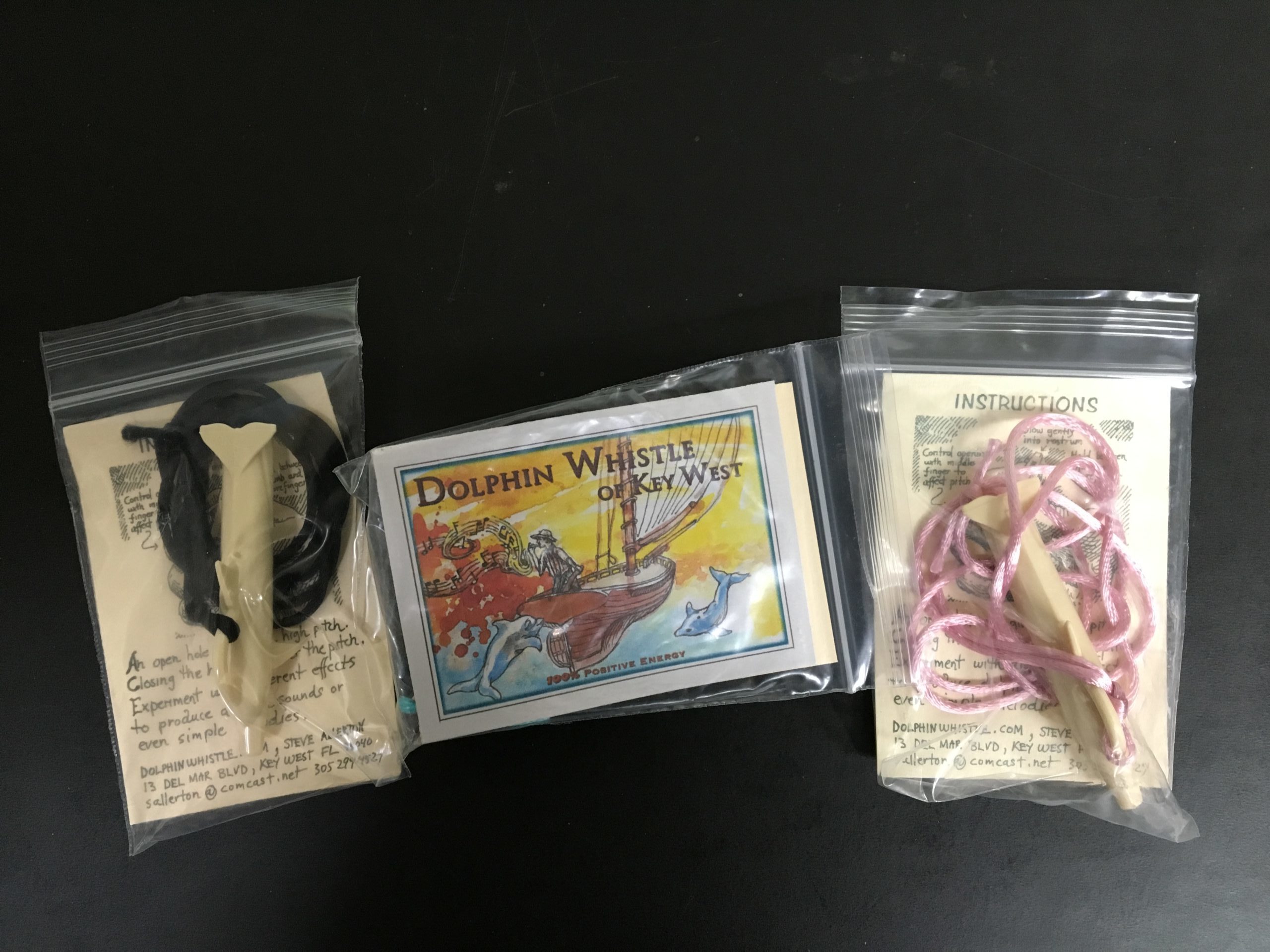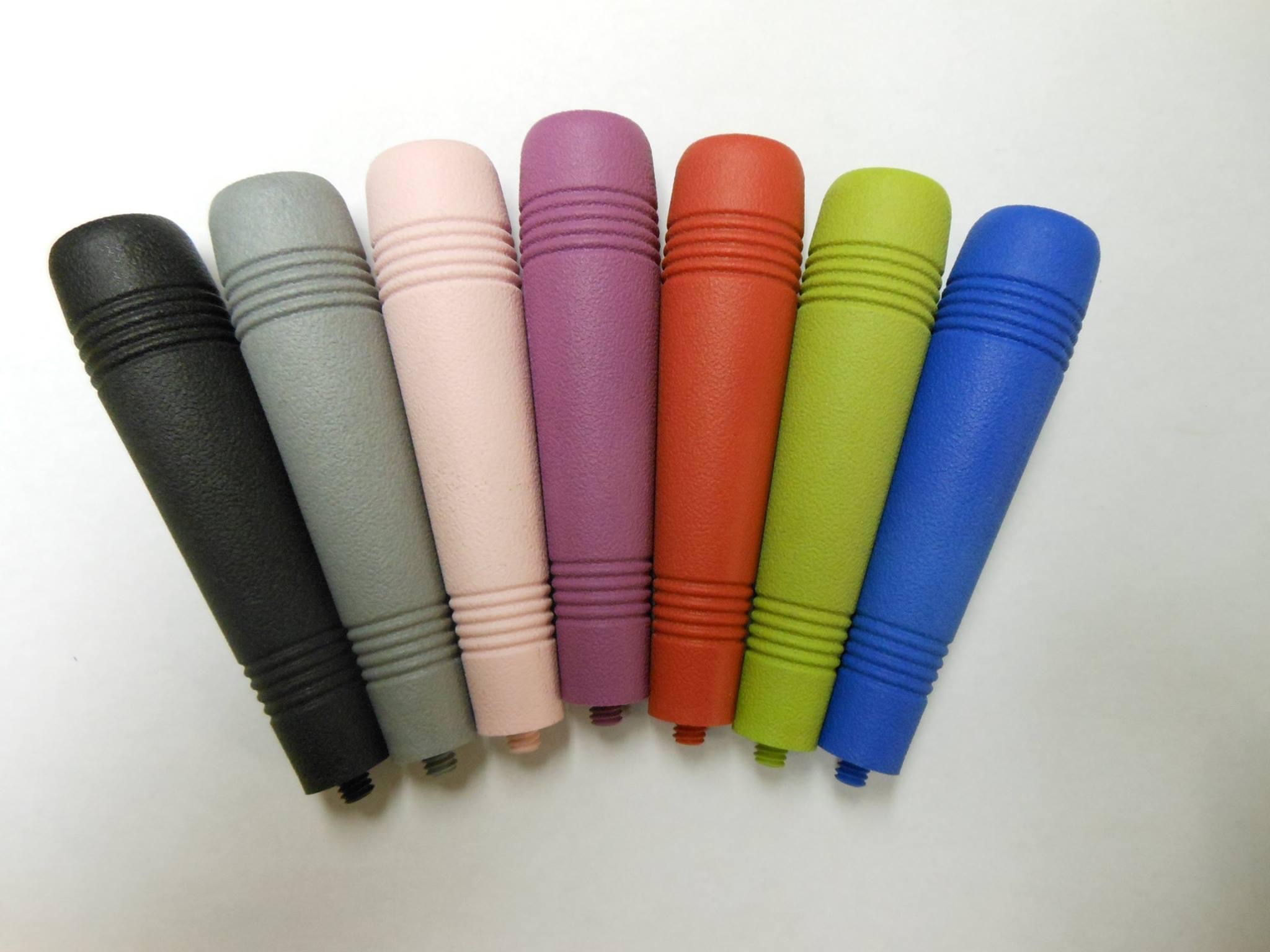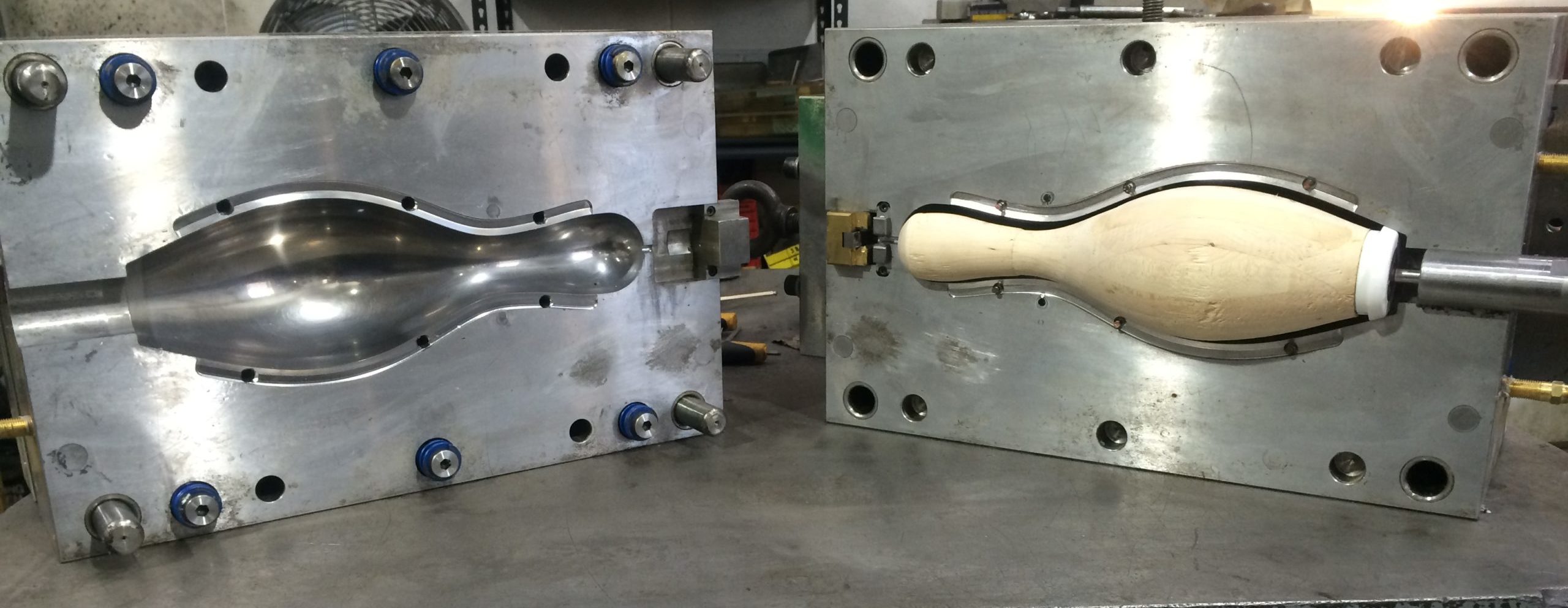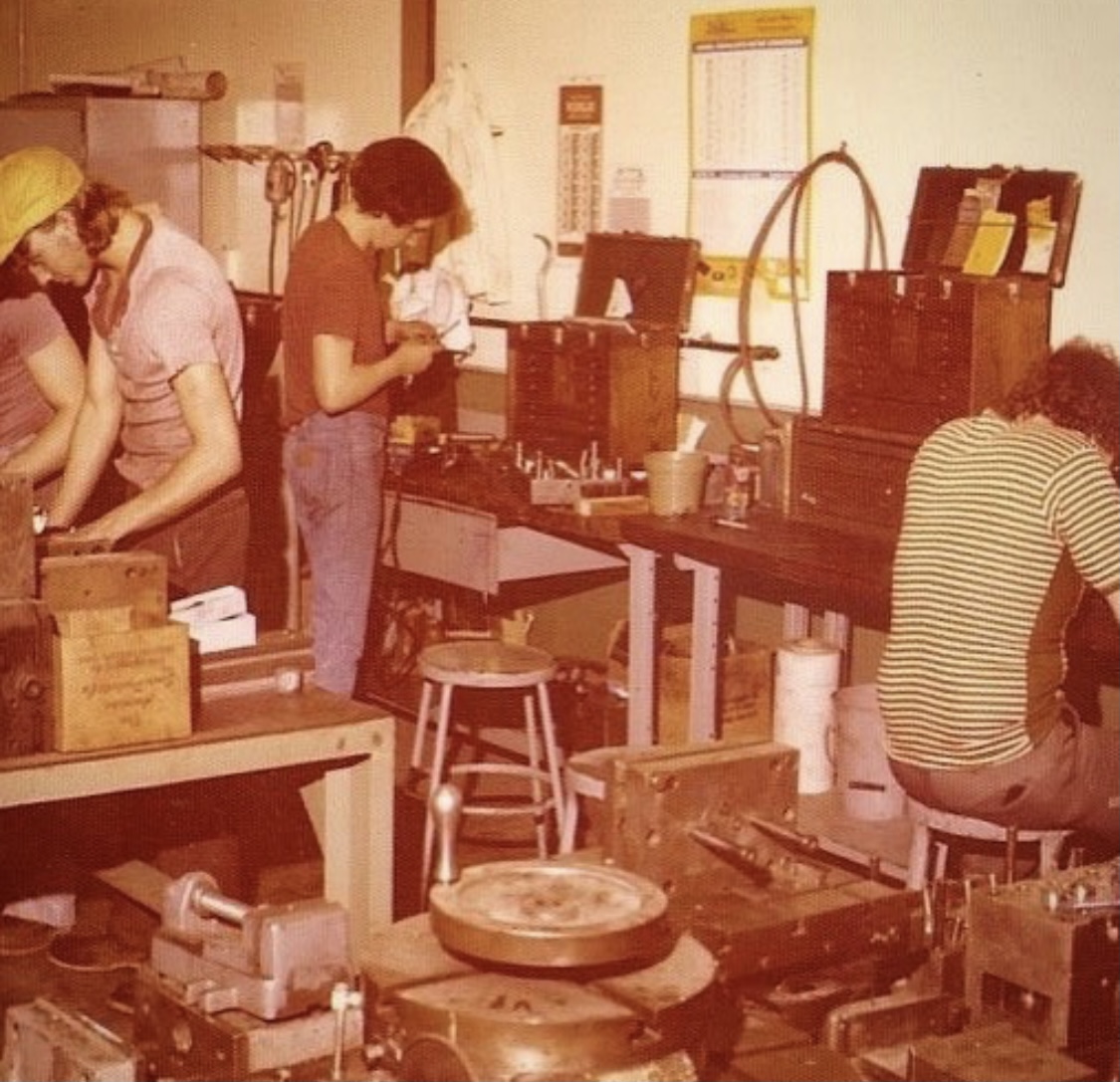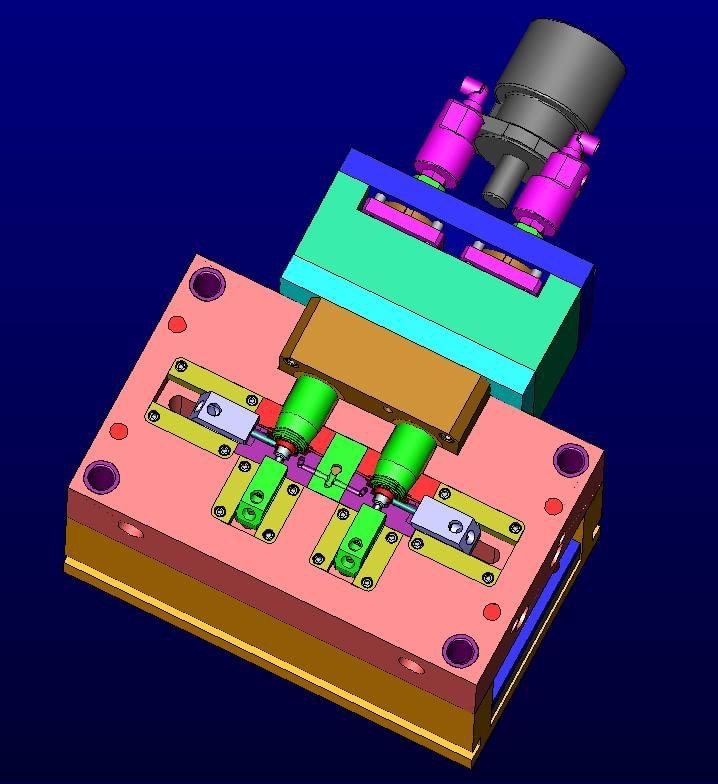Developing plastic parts using the injection molding process first begins with a concept whether it is a new product or changing/re-designing an existing one. Second will be the design stage. Once these two steps are completed, often a 3-D printed part is made to test the concept and design. If this part passes all the tests, it leads to the very crucial stage of determining whether the part is injection moldable. If it is injection moldable, we will proceed to build tooling to produce 100-500 parts to test. Often, this is where the process gets difficult, especially for inventors, small companies and first-time entrepreneurs.
Short Runs and Prototypes in Developing Plastic Parts
Prototype molds are made mainly so parts can be molded from the intended plastic that the final part will be made from. Due to the limited choice of materials for 3-D printed parts, sometimes prototype molds are necessary for critical testing. Once a prototype mold made is made, a short run order will be necessary to produce parts for testing
Generally, midsize to large injection molding shops normally do not want to spend their time entertaining short runs for testing. Usually, larger shops cannot afford to spare the man hours necessary to develop a product that’s not yet proven or market tested. Additionally, the cost and time involved in changing molds over for short run orders is much higher for larger shops due to higher overhead costs.
Benefits of Using a One Stop Shop in Developing Plastic Parts
As a small One Stop Shop, Toth Mold/Die, Inc. welcomes these types of projects and accepts short runs. Additionally, since we do our tooling and injection molding both in-house, these comprehensive services offer huge advantages. For example, the amount of time saved in making changes to the mold and sampling are tremendous. We can make a change and have the mold back in the machine running production normally in the same day.
In addition, as hands-on owners, we personally control the flow of the project from start to finish. Therefore, costs are reduced by keeping everything in-house. Thus, when it comes time for production, we easily meet our customer’s needs.
Product Development – Overcoming the Hurdles
Toth Mold/Die Inc. always has and will continue to give our time to our customers. We do so by sitting down with them to discuss and advise on their project no matter how big or small. As a rule, most of the inventors that come to us say they are shocked by the amount of time and effort we put into developing their plastic part. Regularly, they indicate they have been turned down by several other shops before they found Toth Mold/Die, Inc. In particular, the rejection faced is due to the inventor having a lack of upfront sales as most inventors are not an established company. Additionally, their lack of knowledge in injection molding and the product development process can be an issue.
We understand the uphill battle inventors may face. Therefore, we decided long ago we would do our best to offer our expertise and provide a solution. Nearly 40 years ago, we ourselves were trying to build our business. We experienced firsthand what it is like to be on the other side of the coin. Luckily, we received breaks and guidance along the way and do our best to reciprocate.
Keeping Costs Down
Since the testing stage in developing plastic parts can be ever evolving, we also try to keep costs down on our customers tooling by using one of our mold bases. For example, in this situation our customer is charged for inserts in lieu of the entire mold base. Therefore, this is a much less expensive option.
Additionally, we try to use hand-loaded inserts whenever possible. As a result, the cost of the mold is dramatically reduced by eliminating cam action slides. Furthermore, using hand-loaded inserts also allows for easier part changes which reduces the cost too. Once the design is proven, cam action slides can then be added to reduce the overall cycle time.
Design Must Be Injection Moldable
Specifically, when reviewing a part design, we look at it from an injection molding point of view. The goal is to make sure the part design is injection moldable. Many times, inventors have brought designs to us created by sources not familiar with injection molding. As a result, when we explain how the current design cannot be injection molded, they become very frustrated.
Since we do our own in-house designing, we can easily determine what needs to be done to the design in order to be injection moldable. Furthermore, we also try to improve the part design so it can be molded easier and keep mold costs down. Most of the time, these changes are very minor and are necessary to reduce tooling cost. As a result, our customers are elated when we provide options to save upfront costs.
Do Your Homework in Developing Your Plastic Part
If you have an idea of a product you are considering producing, check out our Blog as well as our Inventors Corner. You will find a wealth of information on various injection molding topics as well as success stories of some of our customers. Undoubtedly, any process you undertake can seem overwhelming when it is something new. For this reason, do your research and gather as much knowledge and guidance along the way. Consequently, these actions will help you tremendously as you work towards producing your product.
In closing, as a One Stop Shop with nearly 40 years of experience, we offer comprehensive in-house services. These services include product development, part design, mold design, R&D, mold building, molding production, troubleshooting and consulting. Furthermore, we serve the injection molding industry nationwide and are hands-on owners with all products from start to finish. We welcome the opportunity to review your product and guide you through the product development process to a successfully completed project.
Let’s start a conversation! Please fill out the form below…

